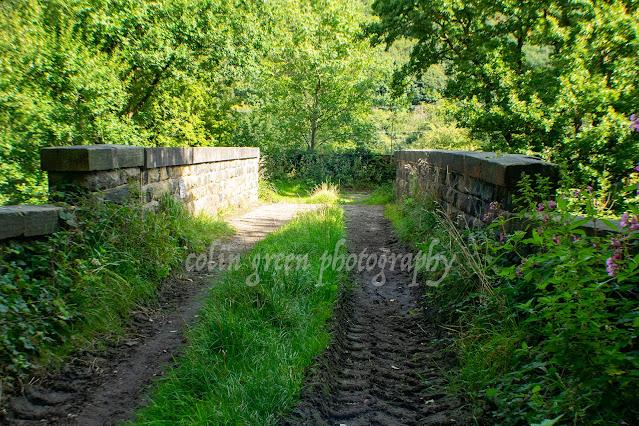Nestled in the heart of the Calder Valley, Todmorden boasts a jewel of architectural grandeur: its Town Hall. This neo-classical masterpiece, a Grade I listed building, stands as a testament to ambition, rivalry, and the enduring legacy of the Fielden family.
The story of Todmorden Town Hall is as fascinating as the building itself. Construction began in 1860, with architect James Green at the helm. However, the project was soon plagued by legal and financial woes, grinding to a halt. The unfinished structure stood as a silent testament to these early struggles.
Enter the Fielden family, local industrialists with a vision. In January 1866, they purchased the land and the incomplete hall at auction, breathing new life into the project. They appointed John Gibson of Westminster to redesign the building, and under his guidance, the hall was transformed into the architectural marvel we see today.
On April 3rd, 1875, the grand Todmorden Town Hall was officially opened, a culmination of years of effort and a staggering £54,000 investment. Its imposing facade and intricate detailing spoke of the town's prosperity and the Fieldens' commitment to their community.
But the hall's significance extends beyond its architectural beauty. It was deliberately built across the historic Lancashire-Yorkshire county boundary, a symbolic gesture intended to bridge the rivalries between the two counties. This unique positioning reflected the town's desire for unity and harmony. However, in a twist of fate, the boundary was later adjusted on January 1st, 1888, bringing the entire town, including the hall, firmly within Yorkshire.
A Visual Journey:
I had the privilege of capturing the hall's grandeur on April 22nd, 2017, using my Nikon D3300 SLR camera. The images I took serve as a visual record of its timeless beauty, showcasing the intricate details of its facade, the imposing columns, and the overall sense of historical significance.
Why Todmorden Town Hall Matters:
- Architectural Significance: The neo-classical design, with its grand columns and symmetrical facade, is a prime example of Victorian architecture.
- Historical Significance: The hall's construction story, marked by challenges and eventual triumph, reflects the town's resilience and the Fielden family's legacy.
- Symbolic Significance: The initial placement across the county boundary highlights the town's desire for unity and its unique position in British history.
- Community Hub: Even today, the town hall serves as a vital community space, hosting events and gatherings.
Todmorden Town Hall is more than just a building; it's a living piece of history, a symbol of ambition, and a testament to the enduring spirit of the town. Whether you're an architecture enthusiast, a history buff, or simply someone who appreciates beautiful buildings, a visit to Todmorden Town Hall is a must.
Clicking any of the images below should open a link in another window to my Colin Green Photography store on Zazzle.























































